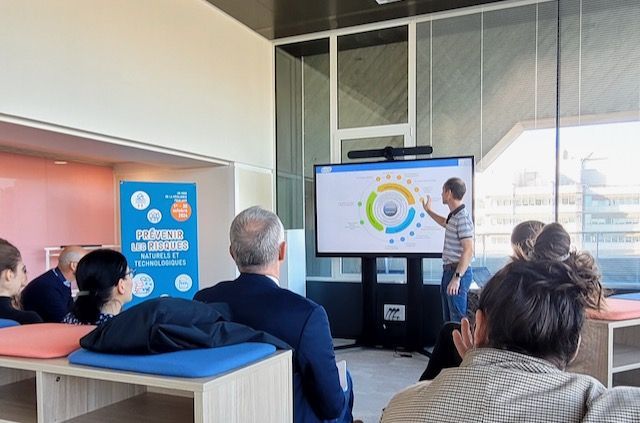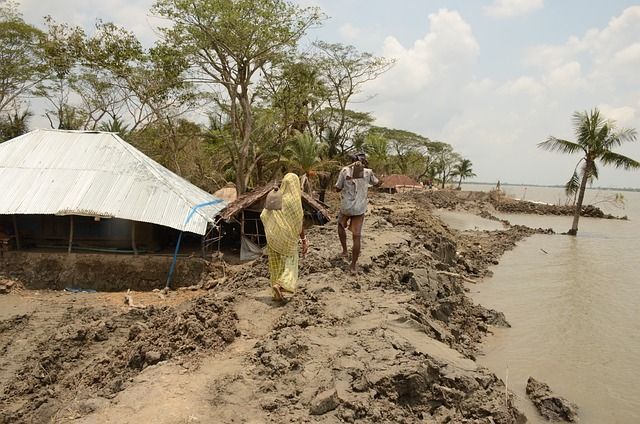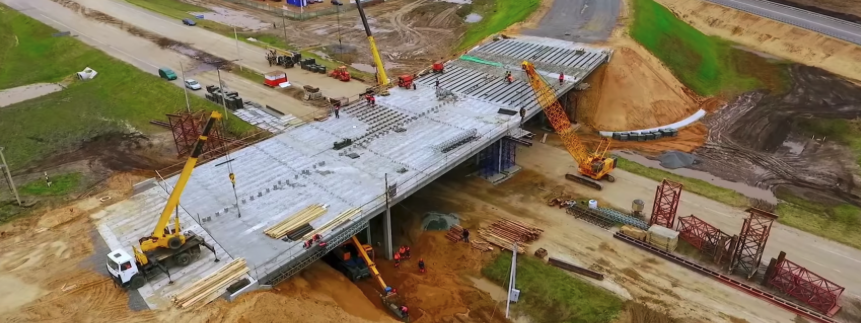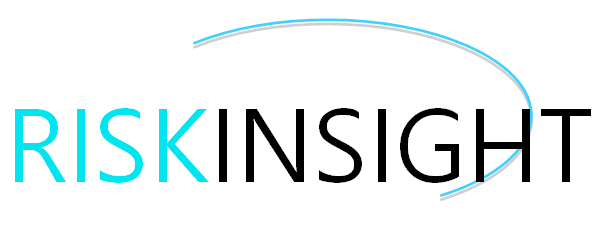NASA's ethos on Safety and Risk Management
- By florian.glinserer
- •
- 08 Feb, 2018
- •

NASA’s Office of Safety & Mission Assurance (OSMA) defines their approach to safety.
The NASA OSMA outlines how much safety is inbuilt into NASA’s DNA.
The exploration of space is by its very nature a high-risk endeavour. I have had the privilege to visit NASA's Johnson Space Center twice over the past few years, and I have seen some amazing examples of the focus and culture of safety, and good risk-informed decision-making, embedded into everything that NASA does.
Safety Culture’s mission at NASA is to create an environment where everyone works safely, feels comfortable communicating safety issues, learns from mistakes and successes, feels confident balancing challenges and risks while keeping safety in the forefront, and trusts that safety is a priority.
David Loyd, part of NASA’s Safety & Test Operations team, based at the Johnson Space Center, summed up his views on NASA's approach to safety in this way in a chat with me recently:
"It has been an honor to work with the NASA Safety Culture Working Group on such a substantive long-term initiative. As a career safety professional, what the safety culture model offers is methodology for improving safety performance no matter how mature your safety program is. We are able to measure maturity, shape leadership and employee behavior, and convey a vision for safety at a very practical level that fits virtually an organizational venture."

We held very interesting in-person discussions about how my Urban 2.0 framework and system can be used by cities and towns around the world, and also the release of the UNDRR Global Assessment Report, Special Report 2024, which I was delighted to contribute towards.
The municipality of Bordeaux is continuing to pursue some excellent work in urban resilience, which I will be profiling in due course...

Almost half of Small Island Developing States' (SIDS) populations reside in urban areas. Research into urban resilience and urban planning tends to focus on cities in large nations, and only a relatively small amount of specific research on SIDS cities currently exists. However, much of the general urban resilience research is applicable to SIDS, as long as context is considered.
This paper focuses on ways to implement measures that will foster resilient and dynamic cities in SIDS. Ensuring good policy action to build, maintain and continuously improve these cities is key to achieving sustainable development and resilient prosperity as set out in the Outcome Document of the Fourth International Conference for Small Island Developing States (SIDS4).

With growing challenges like climate change, debt burdens, and dwindling resources, they desperately need an actionable, doable, and ambitious roadmap for the next decade. 2024 is an important year for SIDS, with the SIDS4 conferencetaking place in May.
You can access details about the Forum on the Island Innovation website, here.


You can read edition #1 here. This first edition is an introduction to our work, containing a summary of some of the work we are undertaking, links to case studies and interviews with people about different aspects of avoiding disasters.


We held a very interesting in-person round table discussion with citizens about how disasters can be avoided.
The municipality of Bordeaux is pursuing some excellent resilience work, which I will be profiling in due course...

We reviewed approaches being taken to prevent hazards from turning into disasters, including examples and how innovation is helping countries, cities and communities prevent adverse fallouts from hazard events.
You can access the webinar and download all presentations here.


The December 2022 edition, which covers a wide variety of infrastructure-related topics, is available here...
